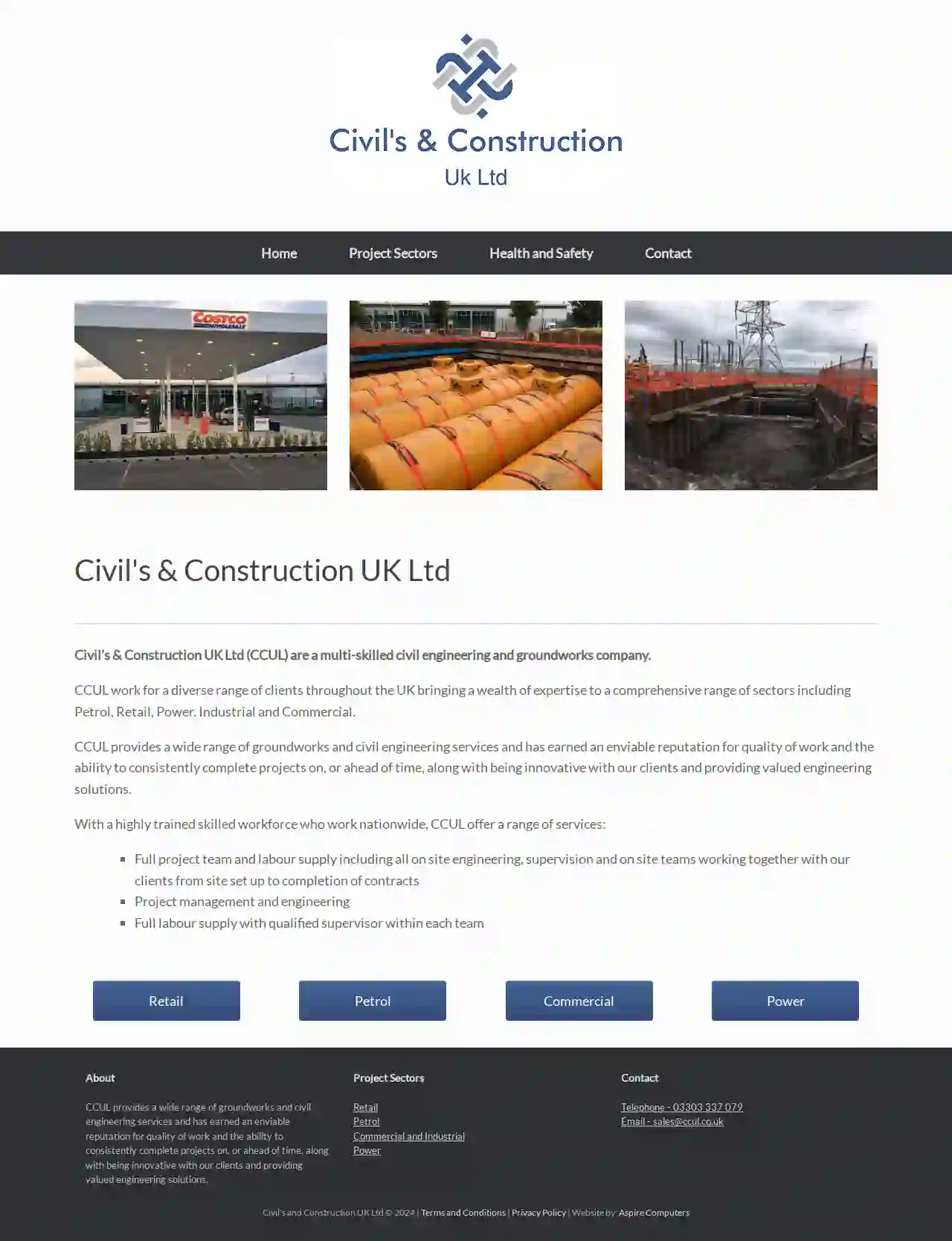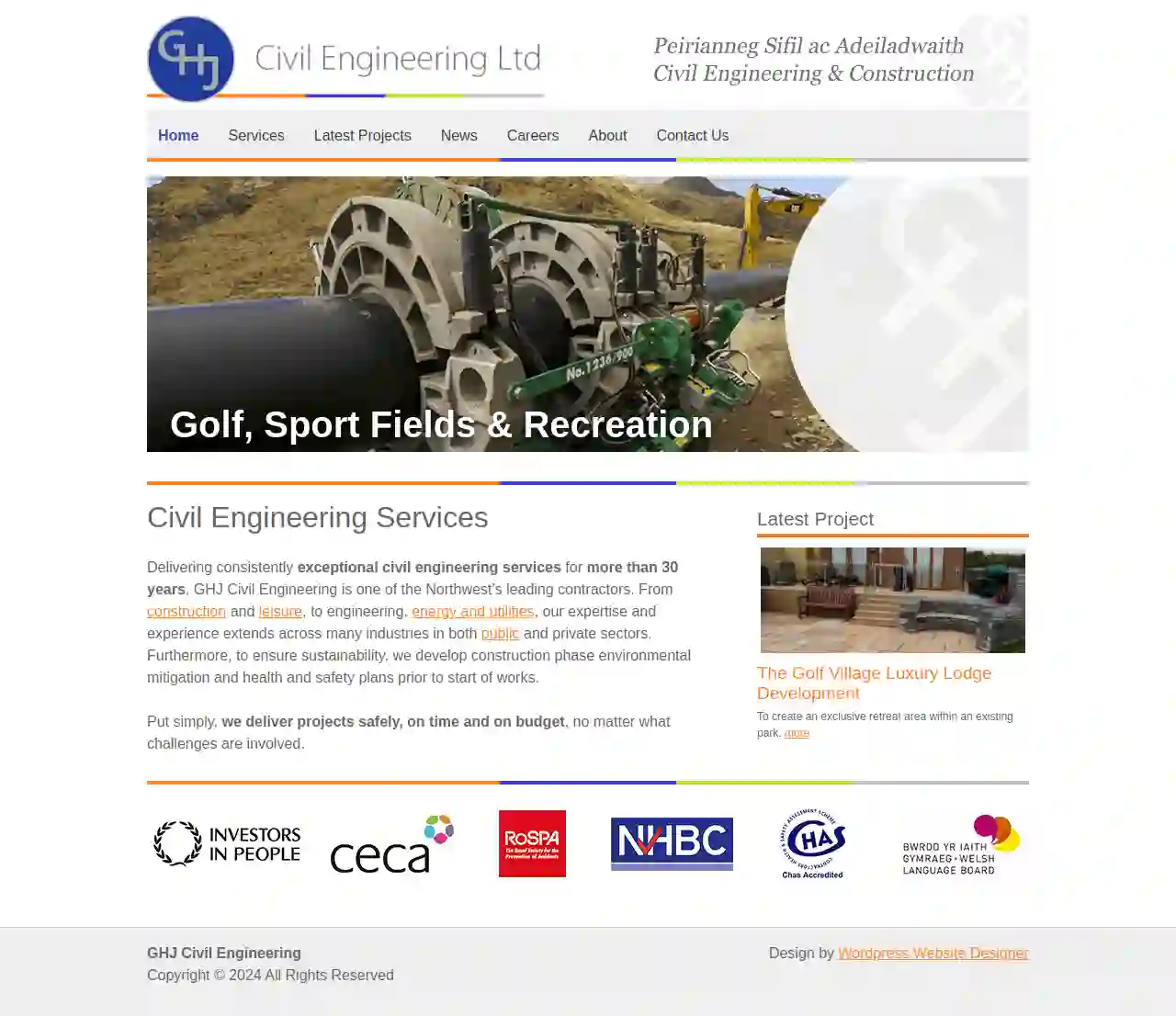Demolition Contractors Dinas Powys
Find the best Building Demolition in Dinas Powys
Get multiple Demolition Companies quotes for your project today! Compare profiles, reviews, accreditations, portfolio, etc... and choose the best deal.

Pennys Group
4.527 reviewsGreen Street, Ston Easton, Green Street Ston Easton Nr. Bath, Bath, BA3 4BY, GBWho are Pennys Group? From small beginnings hiring our tractors from the family back garden, Pennys Group has grown to be one of the South West’s major contractors for demolition, earthworks and waste management services. We can either undertake the work for you, or you can choose to hire plant from our large fleet of transport and plant for hire. Based near Bath, we have our own recycling centre which processes everyday waste, produces compost from green waste and aggregates. We also have a horticultural depot which supplies soil and natural building stone. National Coverage Pennys Group cover the whole of the United Kingdom for Demolition, Excavation, Waste Management and Plant Hire Services. With 100 plus members of staff and one of the widest ranges of equipment and plant, we can cope with any sized project. We have everything you require. At Pennys Group, we can hire you all the plant you need for your project. Have a look at our dumpers, diggers, excavators, crushers and screeners.
- Services
- Why Us?
- Gallery
Get Quote
Stredder Construction
51 reviewsChard, GBStredder Group: Your Trusted Partner for Strip Out, Demolition, Construction, and Maintenance in Merseyside and the North West Since 2007, Stredder Group has been a leading provider of comprehensive construction and strip out services across Merseyside and the North West. We are renowned for our expertise in strip out projects, delivering exceptional results with a commitment to safety, efficiency, and customer satisfaction. Our team of highly skilled professionals is dedicated to exceeding expectations on every project. We understand the importance of meticulous planning, efficient execution, and clear communication to ensure a smooth and successful outcome. Whether you require a complete strip out, demolition, new build, refurbishment, or maintenance services, Stredder Group is your reliable partner. We are proud of our strong track record and the trust our clients place in us. Our commitment to quality, safety, and customer satisfaction is reflected in every project we undertake. Contact us today to discuss your project requirements and experience the Stredder Group difference.
- Services
- Why Us?
- Gallery
Get Quote
T R Demolition
Davron Court, Whitehouse Place, Bedminster, Bristol, BS3 4BL, GBTR Demolition: A Family Legacy of Expertise TR Demolition, a Bristol-based family-run business, has been providing dependable and expert demolition services for over 40 years. We've built a reputation for excellence, consistently delivering projects on time, on budget, and to the satisfaction of our clients. Our commitment to safety, environmental responsibility, and client satisfaction is unwavering. Our Approach: Small Enough to Care, Big Enough to Cope We believe in a personalized approach to every project. Our “Small Enough to Care – Big Enough To Cope” philosophy ensures that we provide a dedicated and attentive service, while still having the capacity to handle large-scale projects. We combine traditional values with a modern approach, adapting to the ever-evolving needs of the demolition industry. Environmental Responsibility: A Top Priority TR Demolition is committed to minimizing our environmental impact. We prioritize sustainable practices, including recycling and responsible waste management, to ensure a greener future. We are dedicated to finding innovative solutions that balance our operational needs with environmental protection. Our Expertise: A Comprehensive Range of Services We offer a comprehensive range of demolition services, including: Town Centre Demolition High Reach Demolition Conventional Demolition Recycling and Crushing Site Clearance Strip Out Our team of highly skilled demolition operatives is dedicated to delivering safe and efficient projects, always adhering to the highest industry standards. Our Commitment: Client Satisfaction We are committed to providing a complete service to our clients, from project inception to final site handover. Our no-nonsense approach ensures clear communication, timely execution, and a seamless experience. We are always available to answer your questions and provide expert advice.
- Services
- Why Us?
- Our Team
- Gallery
Get Quote
Civil's and Construction UK Ltd
Unit 13 Vauxhall Industrial Estate, Ruabon, LL13 6HA, GBAbout Civil’s & Construction UK Ltd (CCUL) are a multi-skilled civil engineering and groundworks company. CCUL work for a diverse range of clients throughout the UK bringing a wealth of expertise to a comprehensive range of sectors including Petrol, Retail, Power, Industrial and Commercial. CCUL provides a wide range of groundworks and civil engineering services and has earned an enviable reputation for quality of work and the ability to consistently complete projects on, or ahead of time, along with being innovative with our clients and providing valued engineering solutions. With a highly trained skilled workforce who work nationwide, CCUL offer a range of services: Full project team and labour supply including all on site engineering, supervision and on site teams working together with our clients from site set up to completion of contracts Project management and engineering Full labour supply with qualified supervisor within each team
- Services
- Why Us?
- Gallery
Get Quote
Bristol Demolition & Crusher Hire
51 reviewsGAL Ltd, Stroud road, Brookthorpe, Gloucester, GL4 0UQ, GBAbout us GAL plant & crusher hire are an established and trusted company providing crushing, screening, site clearance, muck away and aggregate production services to the construction and demolition industry throughout Gloucestershire, Worcestershire, Bristol, Bath, Wiltshire and further afield. We provide an effective and reliable service ensuring all machines are well maintained and on your site promptly. All of our operatives are highly skilled and trained and have tackled most jobs over the past few years, we find there is nothing that we are not equipped for. We currently have two urban Jaw Crushers & three 7000 series red rhino in our crushing fleet and these have proved to be some of the best and most efficient crushers in use today. These crushers are ideally suited to rough and harsh environments and perfect for Type 1 crushing applications.
- Services
- Why Us?
- Gallery
Get Quote
Adam Schapiro & Co Ltd
Suite 215, 179 Whiteladies Road, Bristol, BS8 2AG, GBAdam Schapiro & Co. are construction contractors that are specialist in working with concrete and steel. Our team are experts at taking on complicated, unusual, sophisticated and challenging construction projects, both in the ground and above ground. Adam Schapiro & Co. are a small construction firm that has over 45 years of working at high standards and delivering a high quality of finish to customers all over the South of England and the Midlands. We are a construction contractor firm that delivers conversions & extensions on commercial sites in South England and Midlands.
- Services
- Why Us?
- Gallery
Get Quote
GHJ Civil Engineering Ltd
Chard, GBDelivering consistently exceptional civil engineering services for more than 30 years, GHJ Civil Engineering is one of the Northwest’s leading contractors. From construction and leisure, to engineering, energy and utilities, our expertise and experience extends across many industries in both public and private sectors. Furthermore, to ensure sustainability, we develop construction phase environmental mitigation and health and safety plans prior to start of works. Put simply, we deliver projects safely, on time and on budget, no matter what challenges are involved.
- Services
- Why Us?
- Gallery
Get Quote
Kenway Construction
4.19 reviews6 Southdown Road, Loughborough, Leicestershire, LE11 2TE, GBKenway Construction Ltd An established groundwork’s contractor with over 35 years experience in the construction industry. A family run business we pride ourselves on the quality of our workmanship, ensuring we provide a professional yet personal service. As a member of government endorsed Federation of Master Builders, Trust Mark Scheme and Constructionline, we are trusted for our excellent service, competitive prices, efficiency & reliability. With work carried out both for local authorities as well as private contracts we come highly recommended safeguarding all works undertaken to the highest standard. Drawing on our experience within the construction industry Kenway Construction Ltd has an impressive portfolio offering a variety of resurfacing options including Tarmacadam, Block Paving, Granite Chippings as well as being approved installers of Grid Force Ground Reinforcement Systems. If you would like to see what sets us above the competition visit our gallery for further details of the services available or call us for a no obligation quote.
- Services
- Why Us?
- Testimonials
- Gallery
Get Quote
KT Barrett Construction & Landscapes Ltd
Chard, GBLocal, Expert Construction Services Over 10 years trading as a company and many more as tradesman. Find out more Construction and Landscaping Kidderminster We are a Kidderminster based builder covering the West Midlands area. We specialise in extensions, renovations and new build projects for domestic clients and potential investors. We pride ourselves on the quality of our workmanship. We have great working relationships with all our clients past and present. All our jobs are available for you to take a look at on request. Why Choose K.T Barrett? With over 10 years experience in the construction industry, we are confident in providing a quality service at good rates with exceptional finish. Quality Workmanship We pride ourselves on the quality of our workmanship. Highly Experienced With over 10 years experience in the construction industry. Competitive Rates We provide a quality service at good rates with exceptional finish.
- Services
- Why Us?
- Gallery
Get Quote
E A Reed & Sons Ltd Groundworks
Diamond Farm, Saughall Road, Diamond FarmSaughall RoadSaughall MassieWirral, Saughall Massie, CH46 5ND, GBEA REED & SONS At EA Reed & Sons we pride ourselves on providing our customers with the best possible solution, delivered to the highest standard. We have the skills, knowledge, and machinery to deliver your project cost effectively to meet your timeframe. We work with a wide range of clients, from home owners right through to first tier contractors. We also have extensive knowledge of the needs of agricultural customers. The following are a small collection of the services that we can provide: Plant hire with driver/operator Civils/Groundwork Resurfacing Clearance & Demolition Industrial Fencing How can we help? Whatever your project, however large or small, we are here to help. For your free quotation or for any advice contact us on 07912 293 838 or 07774 608 674, and one of our team will be able to assist you. Alternatively, drop us an email on [email protected], and someone will contact you as soon as possible.
- Services
- Why Us?
- Our Team
- Testimonials
- Gallery
Get Quote
Over 13,059+ Excavation Businesses in our network
Our excavation pros operate in Dinas Powys and surroundings!
ExcavationHQ has curated and vetted Top Excavation Contractors in and around Dinas Powys. Find a top & trustworthy contractor today.
Frequently Asked Questions About Demolition Contractors
- Project Assessment: The demolition contractor evaluates the structure, site conditions, and project requirements.
- Permitting: Obtain necessary demolition permits from local authorities.
- Site Preparation: Secure the site, disconnect utilities, and remove any valuable or reusable items.
- Hazardous Material Abatement: Professionally remove asbestos, lead paint, or other hazardous materials if present.
- Demolition: Execute the chosen demolition method, bringing down the structure safely and efficiently.
- Debris Removal and Site Cleanup: Sort, process, and dispose of demolition debris responsibly. Clean up the site to prepare it for future use.
What is a demolition bond?
What are the steps involved in a typical demolition process?
Can I do demolition myself?
How can I tell if my building contains asbestos?
What is a demolition bond?
What are the steps involved in a typical demolition process?
- Project Assessment: The demolition contractor evaluates the structure, site conditions, and project requirements.
- Permitting: Obtain necessary demolition permits from local authorities.
- Site Preparation: Secure the site, disconnect utilities, and remove any valuable or reusable items.
- Hazardous Material Abatement: Professionally remove asbestos, lead paint, or other hazardous materials if present.
- Demolition: Execute the chosen demolition method, bringing down the structure safely and efficiently.
- Debris Removal and Site Cleanup: Sort, process, and dispose of demolition debris responsibly. Clean up the site to prepare it for future use.